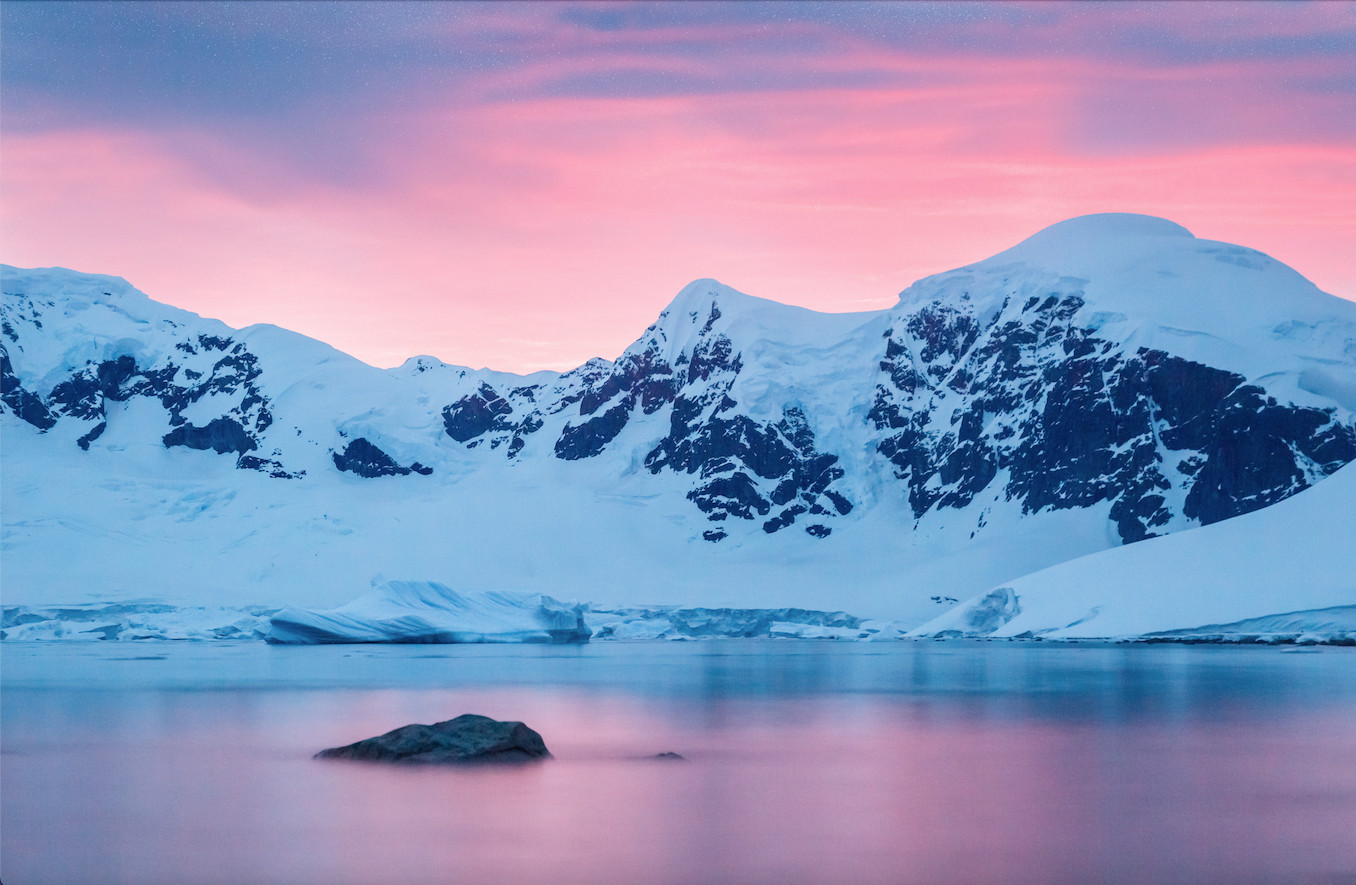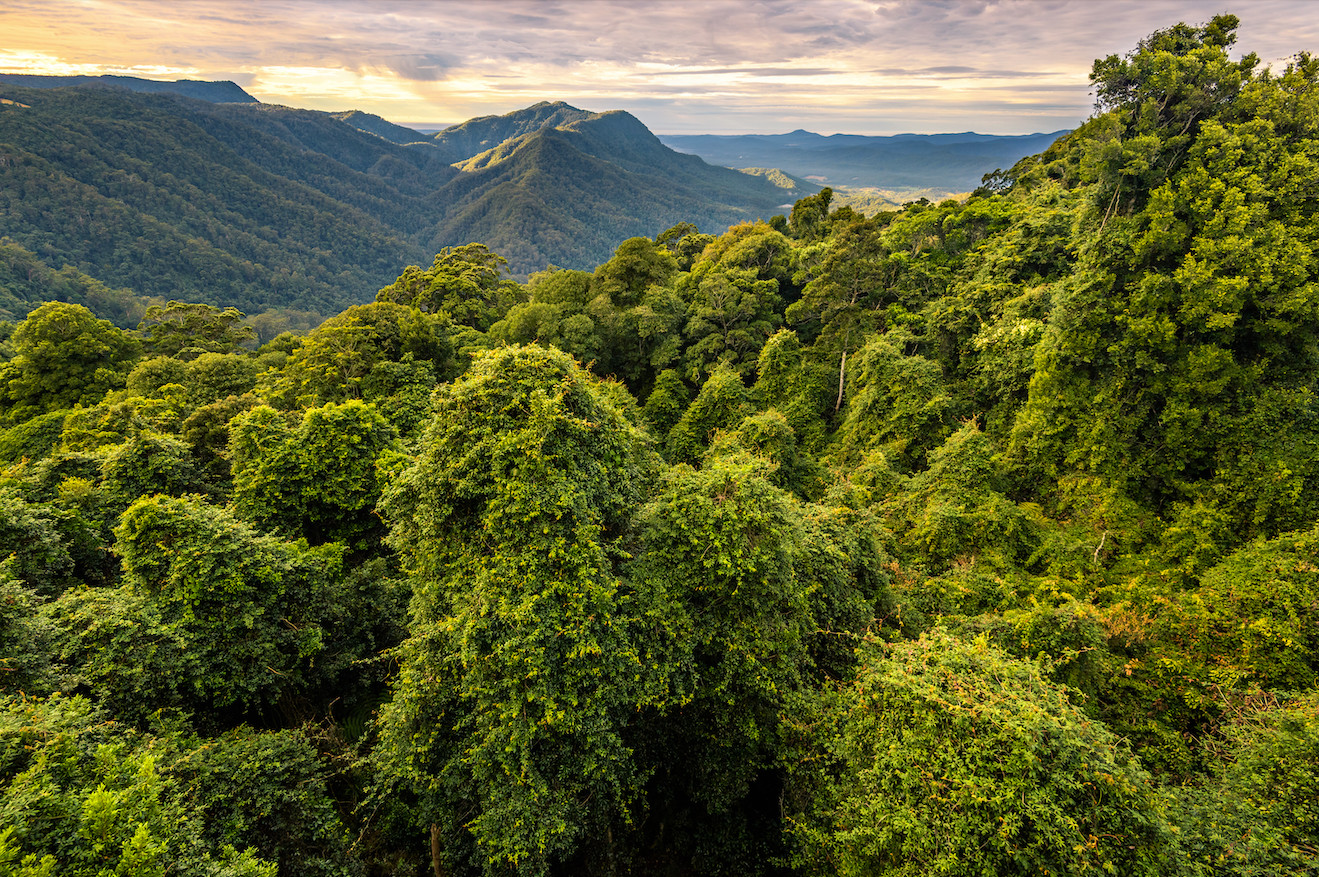
Sciences & Technology
When the Earth’s magnetic field flipped

Recently described fossils are the most diverse yet of forests that grew in Antarctica around 56 million years ago, providing valuable information about Earth’s past and future climate
Published 10 March 2021
In around 1833 the first specimens of fossilised wood from Antarctica were reported by surgeon, naturalist and artist James Eights.
We now know that fossils are, in fact, abundant in Antarctica, and the most common are of wood and leaves. They are evidence of what is called the Antarctic Paradox –how can forests be preserved on a continent that experiences temperatures as low as -83 °C and is covered in thick ice sheets?

Forests once stretched from Australia through Antarctica to South America, all three of which are remnants of the ancient Southern Hemisphere supercontinent Gondwana.
Working with University of Leeds and the British Antarctic Survey, we intended to seek out the best-preserved fossil leaves in the east Antarctic Peninsula from the late Paleocene epoch. That is about 56 million years ago, a time following the end Cretaceous era 66 million years ago and the infamous extinction of the dinosaurs.

Sciences & Technology
When the Earth’s magnetic field flipped
We sought fossil leaves that have been trapped within layers of sedimentary rock, remaining untouched for millions of years.
These plant fossils have been little studied since first collections were made by Otto von Nordenskjöld and the Swedish South Polar Expedition in 1901, a decade before Amundsen beat Scott in the race for the South Pole in the Arctic.
These Antarctic fossil leaves are evidence of a once vegetated landmass. They are like thermometers, diligently recording through time changes in Earth’s climate at Southern high latitudes.
The Paleocene was a time that experienced rapid warming, leading into the Paleocene-Eocene Thermal Maximum (PETM in Figure 1) that saw a dramatic temperature increase of 8°C over 10,000 years, a mere blink of an eye in geological time.
This was followed by the warmest time of the Cenozoic Era, during a period known as the Eocene greenhouse, before Earth cooled and the ice caps first formed approximately 34 million years ago, caused by the break-up of Gondwana.

The Paleocene-Eocene Thermal Maximum is a fascinating time and one of the most dramatic and rapid warming events in Earth’s history. Although it pales in comparison to the rate of modern, human-induced warming, it is possibly our best analogue for Earth’s future climate.
By studying fossil plants, we can learn about what drove Earth’s past climate change and about how living organisms responded to dramatic warming events, the knowledge of which can help us to mitigate against future climate change.

Sciences & Technology
A new thermometer for studying our past climate
In order to gather further specimens, in 2001 our research trip sailed for three days from the Falkland Islands to Seymour Island in the Weddell Sea, near the end of the Antarctic Peninsula.
We sailed on the British Navy ship, HMS Endurance, whose namesake was crushed in 1915 in the pack ice of the Weddell Sea on Shackleton’s ill-fated expedition.
We travelled across the most treacherous stretch of water in the world, the Drake’s Passage, followed by helicopter deployment into our camp in Scott-style tents, to begin our two-month search for fossils.
Together with Dame Professor Jane Francis from the British Antarctic Survey and with the help of our mountaineer, Robert Smith, we endured quad bikes bogged in mud, extreme 100 knot winds that constantly beat against our tents during a three-day blizzard, and were nearly stranded on Seymour Island for the entire winter when the sea ice choked the ship’s passage through the Antarctic Sound between Elephant Island and the main peninsula.
Eventually, the journey was successful, and our new paper describes different fossil leaves (called taxa or forms) that we collected from Seymour Island, to the east of the Antarctic Peninsula. They are evidence that extensive forests grew at high latitudes during the late Paleocene (around 58–56 million years ago).

These beautiful impressions of leaves, preserved in fine-grained sandstones and siltstones, are the best-preserved Antarctic Peninsula flora from the Paleocene. They show significant diversity of leaf architecture – shape, size, patterns of leaf veins – despite growing in the polar region, where low angles of light are experienced during winter.

Sciences & Technology
What the past can tell us about the future of climate change
The fossil leaves record a much greater floral diversity than previously known to occur within the Antarctic Paleocene forests, in contrast to previous fossil wood records. They represent a cool to warm temperate with mixed conifer‑broad leaved evergreen and deciduous forests.
Although there are no modern, comparable species to help us understand the ecology of these Antarctic forests, the closest we can find today are the southern Patagonian forests in South America.
These modern “Valdivian” forests are characterised by ‘Southern Beech’ (Nothofagus) and other leaves with tooth-margined edges, such as Cunoniaceae (which includes Tasmanian leatherwood), and Proteaceae (e.g., tree Lomatia), so the diversity of entire-margined (or smooth-edged) leaves in the Paleocene forests was unexpected.
Interestingly, the Paleocene fossil forests on the east side of the Antarctic Peninsula are markedly different to those found on the west side.
Previous work of Cantrill and others has suggested this is likely due to the volcanoes that form the spine of the Antarctic Peninsula, causing a rain shadow on the east flanks, or perhaps differences in altitude between the forests growing on the volcanic mountain flanks.
After studying these fossil leaves, we know more about the diversity and ecology of ancient forests that grew across Antarctica, and both climatic and local influences on these forests when Earth experienced warmer climates before the planet cooled and the ice caps grew.

Many plant groups that are considered unique to Australia occurred in South America at this time, such as Eucalyptus, the iconic gum trees.
Gondwanan floral remnants, such as Southern Beech (Nothofagus) flowering trees, large kauri- and bunya-type conifers (Araucariaceae) and plum pines (Podocarpaceae), are just some of the groups that occur in the cool and warm temperate forests that we see growing today in Tasmania, Victoria, South East Australia, in New Zealand and in Patagonia in southern South America.

Environment
The climate legacies in our lakes
We have previously published data that determined what the climate was like in the deep past by analysing the leaf architecture. Leaf margins together with other key leaf characters indicate mean annual temperatures of 12.5 to 14.5 °C and high rainfall (2110 mm annually) for these polar forests that is on a par with these areas today.
Exchange, and migration of many species must have occurred across Antarctica during the Paleocene, which acted as a gateway for interchange between South American and Australasian floras, increasing our understanding of the origin and evolution of modern Southern Hemisphere floras.
Our further research will focus on the diversity, modern relationships and floral evolution of the tooth-margin leaves that helped us to determine the mean annual temperatures of these high latitude forests at this crucial time of rapid warming.
Our data feeds into modelling to understand complex interactions of atmosphere, oceans and lifeforms of the past, that are in turn used to model predictions of future climates.
We hope to find relics of Gondwana, including the Proteaceae and Nothofagaceae, to gain insights into floral exchange across the wide-spread southern continents and the evolution of modern floras.
But we also hope that these precious fossil leaves, frozen in time under Antarctic ice, will deliver yet further surprises.
Banner: Getty Images